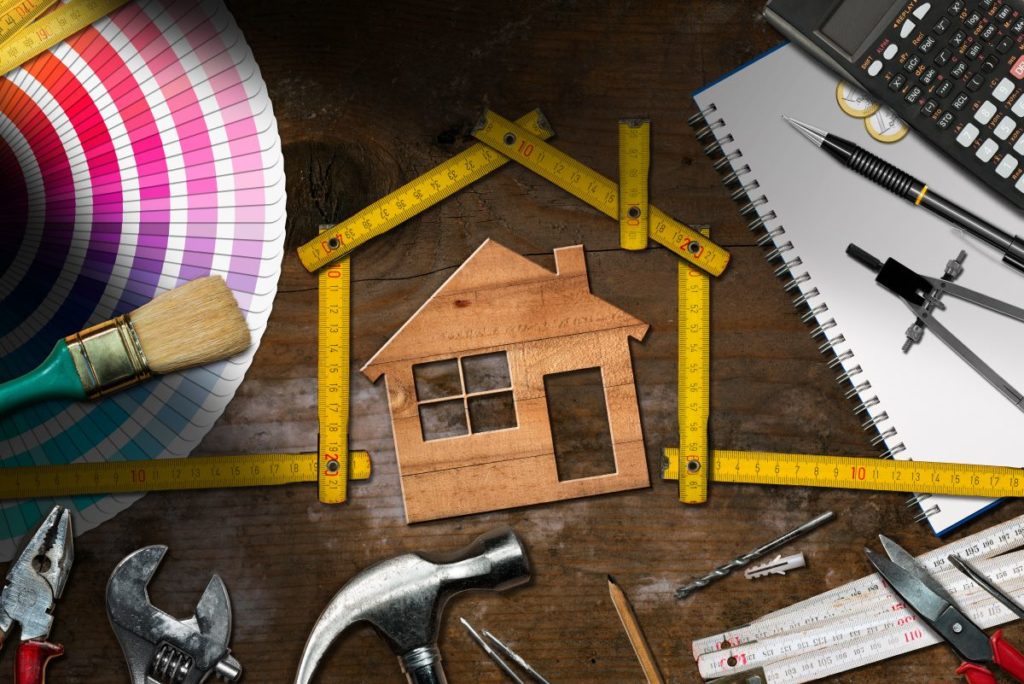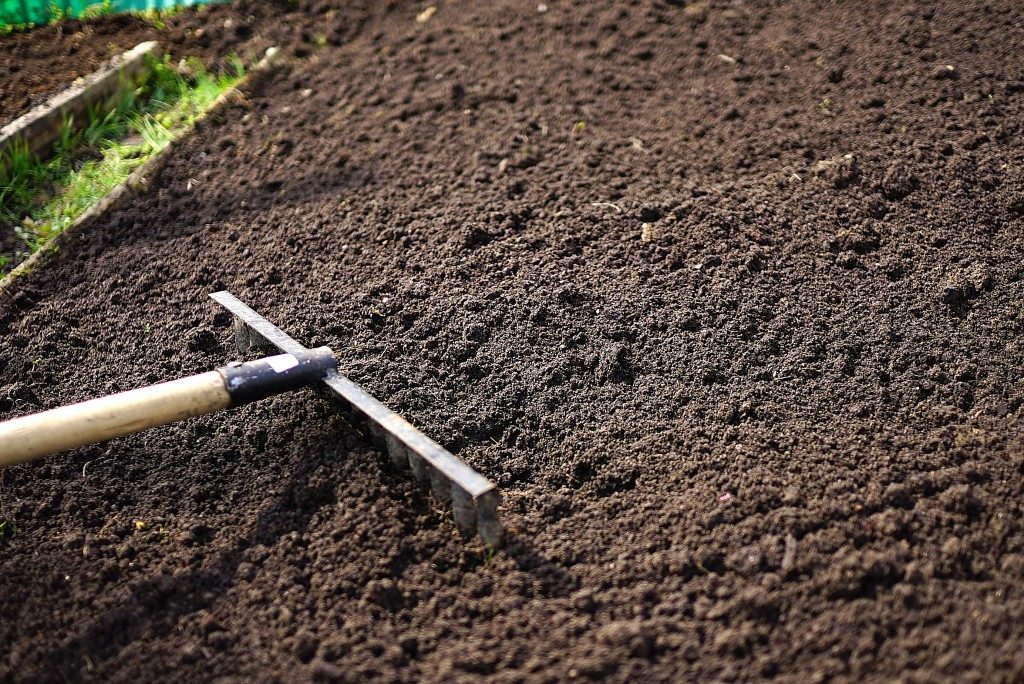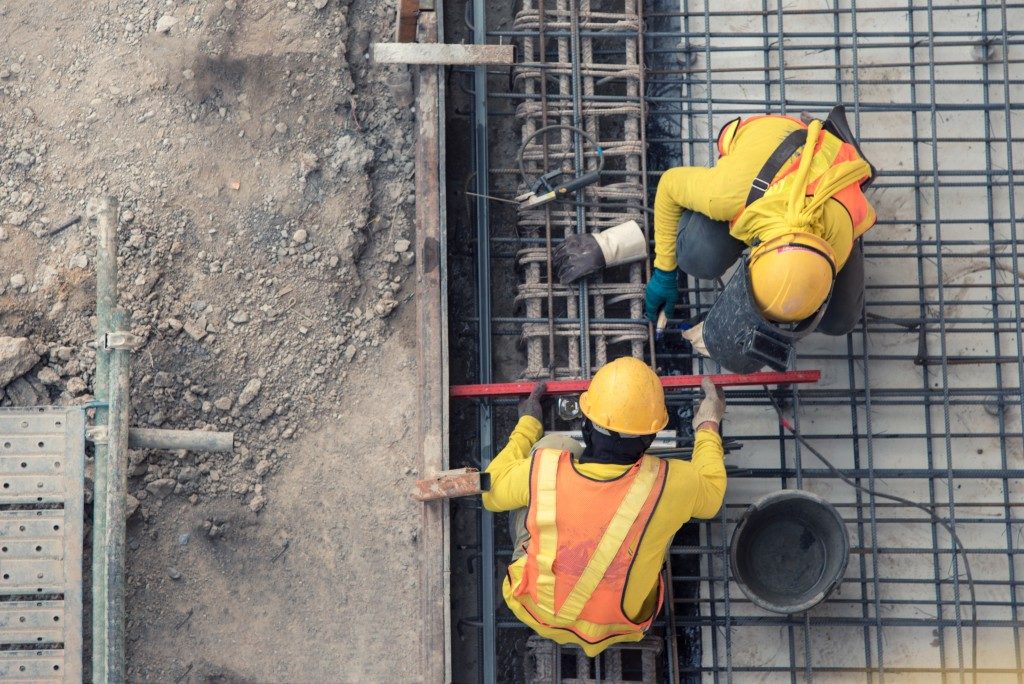The availability of houses for sale continues to be limited and demand remains high, hence, prices are continuing to increase according to The New York Times. It cites data from Realtor.com showing that in April, the typical listed home stayed on the market for only 43 days before being snapped up as compared to 63 days in April 2020. This brought the total inventory of listed homes in April down by 53 percent compared to the previous year.
The shortage caused the median list price of homes in the U.S. to reach a record-breaking $375,000. In Austin, Texas where the listing had the greatest annual drop at 73 percent, the median listing price of homes increased by 41 percent to reach up to $515,000. Homes in the area sold in as few as 18 days after listing.
According to Reuters, a poll among 40 property analysts on May 11 to 24 showed that the increase in U.S. housing prices exceeded the February prediction of 5.7 percent to reach 10.6 percent instead in 2021. Two-thirds or 34 of the analysts stated that the prevailing pace of price increases will continue this year.
Reuters notes that the 30-year mortgage rate is predicted to reach an average of 3.3 percent in 2021, still below its pre-pandemic rate of 3.8 percent. Predictions further state that it will not return to that rate until 2023. This means that low loan interest rates will continue to push borrowing for home purchase and the shortage in housing supply will drive prices higher.
Homeowners Find Remodeling More Affordable
Homeowners who want to move to larger homes or homes with better features are finding it difficult to find available homes to purchase. With the high prices, it also becomes clear that renovating their current homes to fit their needs is much cheaper.
As mortgage rates are still at levels considered historically low, homeowners’ equity rose. According to the CoreLogic Home Equity Report, about 62 percent of all residential properties in the U.S. are under a mortgage, and they realized a 16.2 percent year over year increase in the fourth quarter of 2020. This is a total gain of more than $1.5 trillion with an average of $26,300 per homeowner.
Homeowners are accessing their home equity to fund their home renovations. According to Freddie Mac, homeowners took out $152.7 billion in equity in 2020, 41.7 percent more than in 2019. It was the highest amount of refinancing cash-out since 2007. In addition, the pandemic has resulted in savings from not going on vacations, not dining out, not going to bars, and other leisure activities. Homeowners also channel these funds into improving their homes.
After all, remodeling their homes is a worthy investment as it increases the value of the property. For instance, according to the 2021 Cost vs. Value Report of Remodeling Magazine, a garage door replacement has a 93.8 percent return on investment (ROI), and adding a manufactured stone veneer to a home’s façade has a 92.1 percent ROI.

Top Renovation Projects
According to Money.com, 58 percent of the respondents in a survey by Discover Home Loans stated that they plan to do home improvement projects within the year. Among them, 83 percent stated that their key motivation was to make their home more comfortable.
A survey by HomeAdvisor showed that 40 percent of homeowners stated that their main reason for starting a renovation project was to make their home more suitable to their lifestyle.
With most people in the U.S. now working from home, there is a widespread need for dedicated spaces for home offices. People need to have a quiet space to work in and do Zoom meetings. If there is more than one working person in the household, they need to have separate offices especially when they have concurrent meetings. If there are children in the household, this increases the need to have a room with a closed door for meetings.
Stress from the pandemic also highlights the need to be able to unwind at home. People are, therefore, renovating bathrooms to create a spa-like atmosphere. Those who can afford it are adding pools and Jacuzzis to their backyards. Patios, decks, and gazebos are popular additions for outdoor relaxation. Gardening outdoors and bringing plants indoors has become a trend. Plants bring nature closer, induce a feeling of calmness, and clean the air.
When gyms had to close, many homeowners put up home gyms to continue their fitness regimens. When people had to dine at home, many homeowners renovated their kitchens for an improved cooking experience. They became more adventurous in trying out new recipes with a kitchen upgrade.
Changing Lifestyles
As fully vaccinated people are now allowed to move around more freely without masks and physical distancing, those who have renovated their homes to their liking will have more options on whether to go out or stay in. It will always be comforting to know that home is just as desirable as anywhere else.


